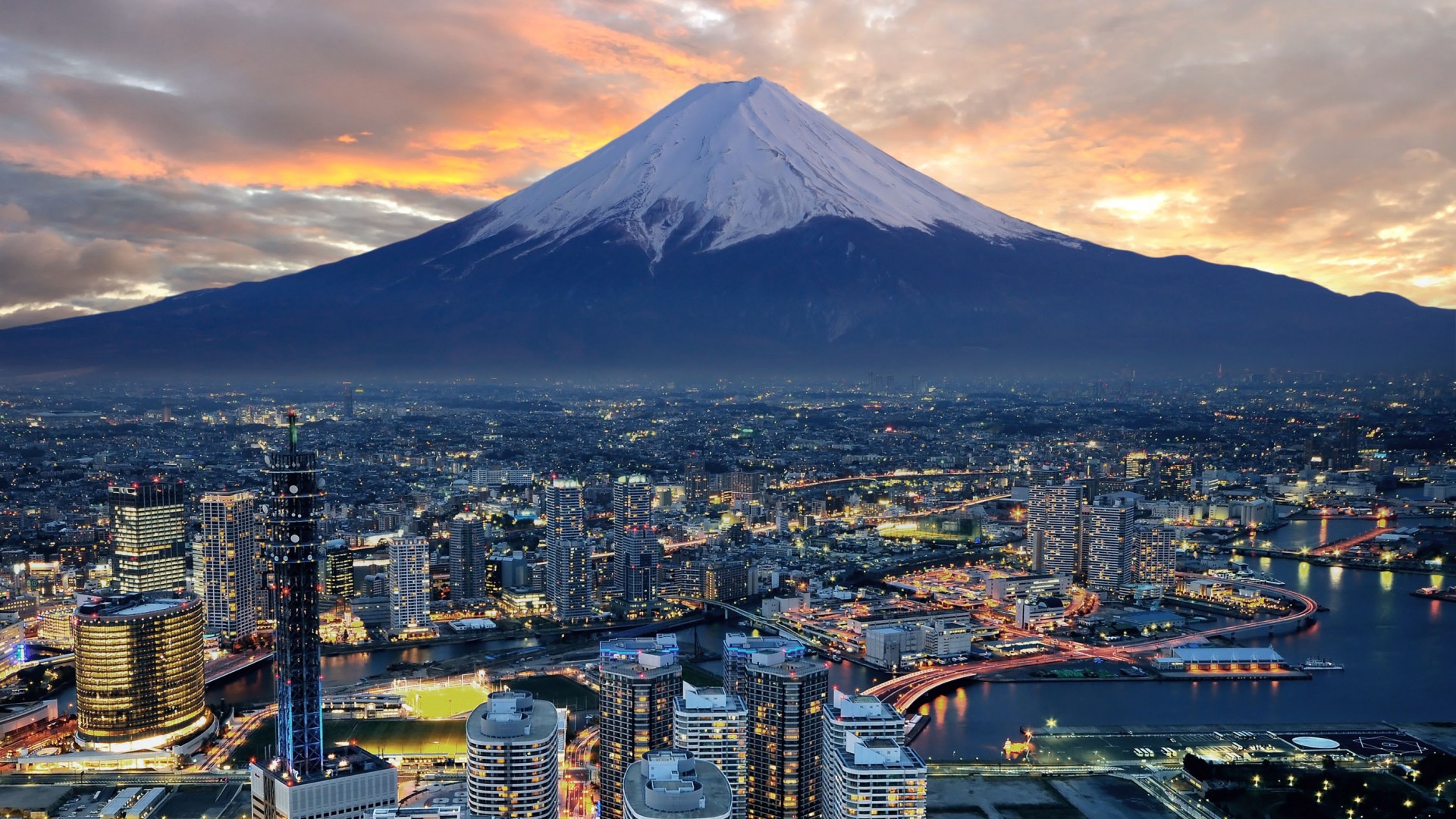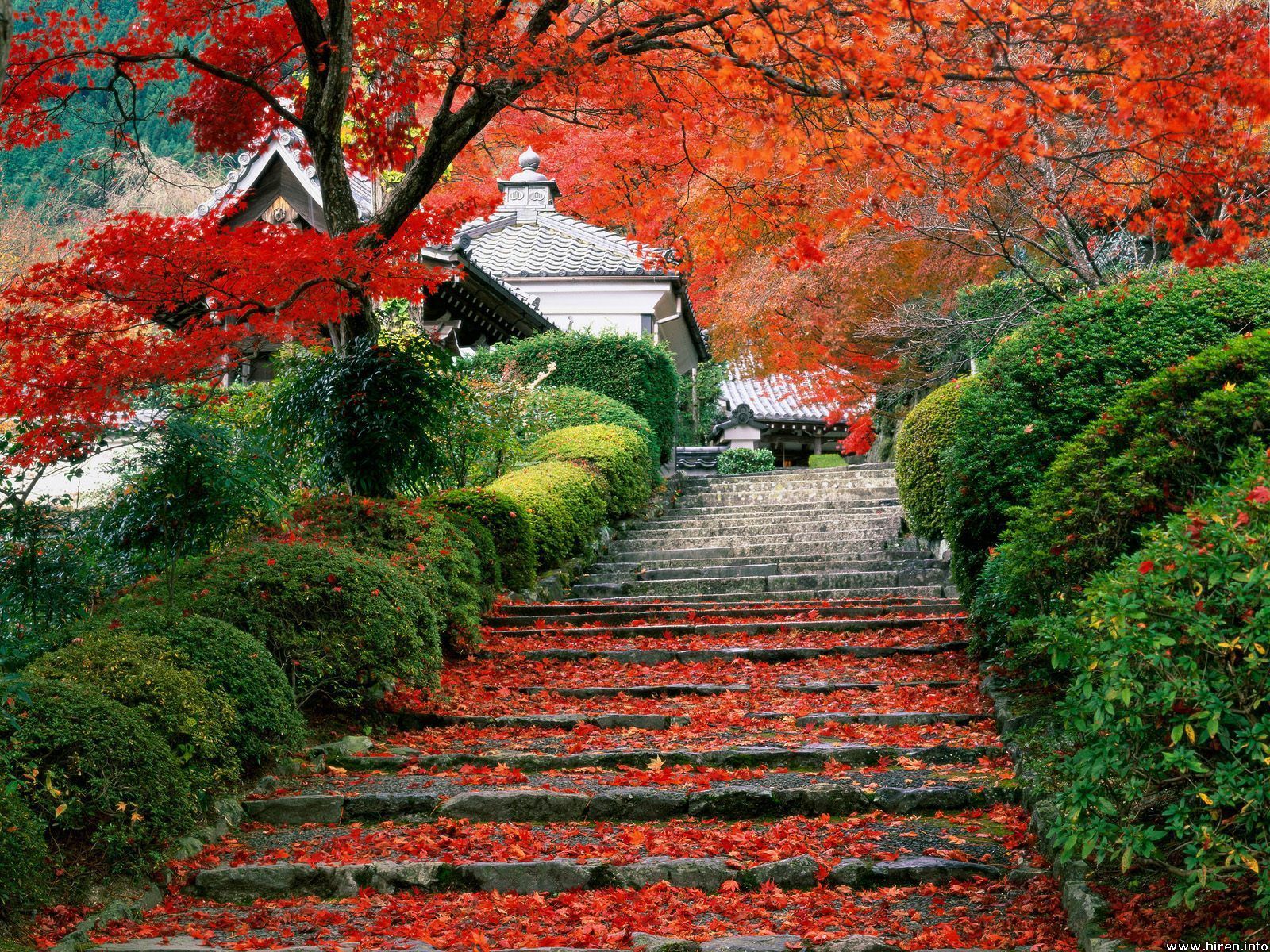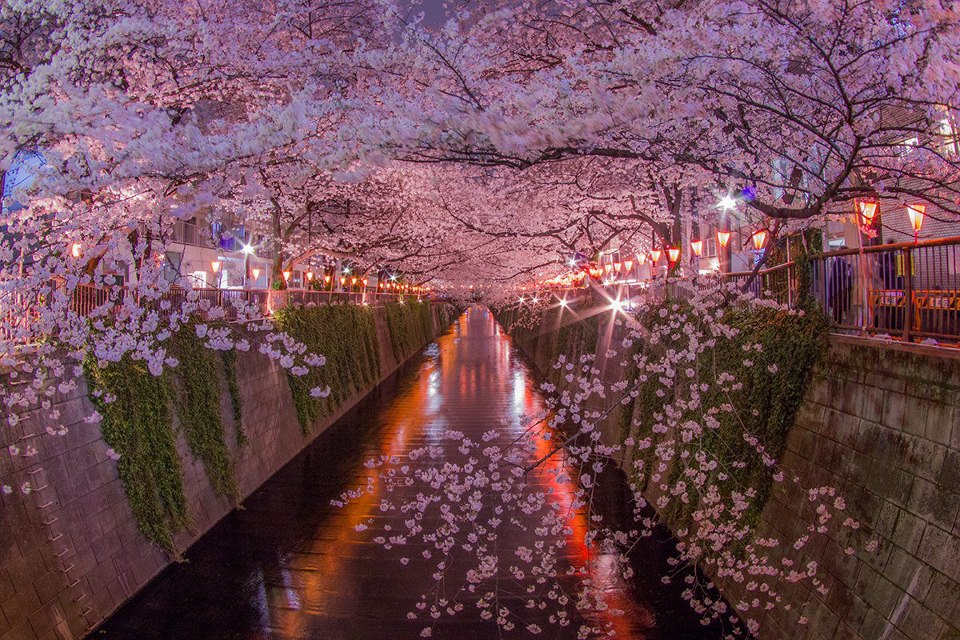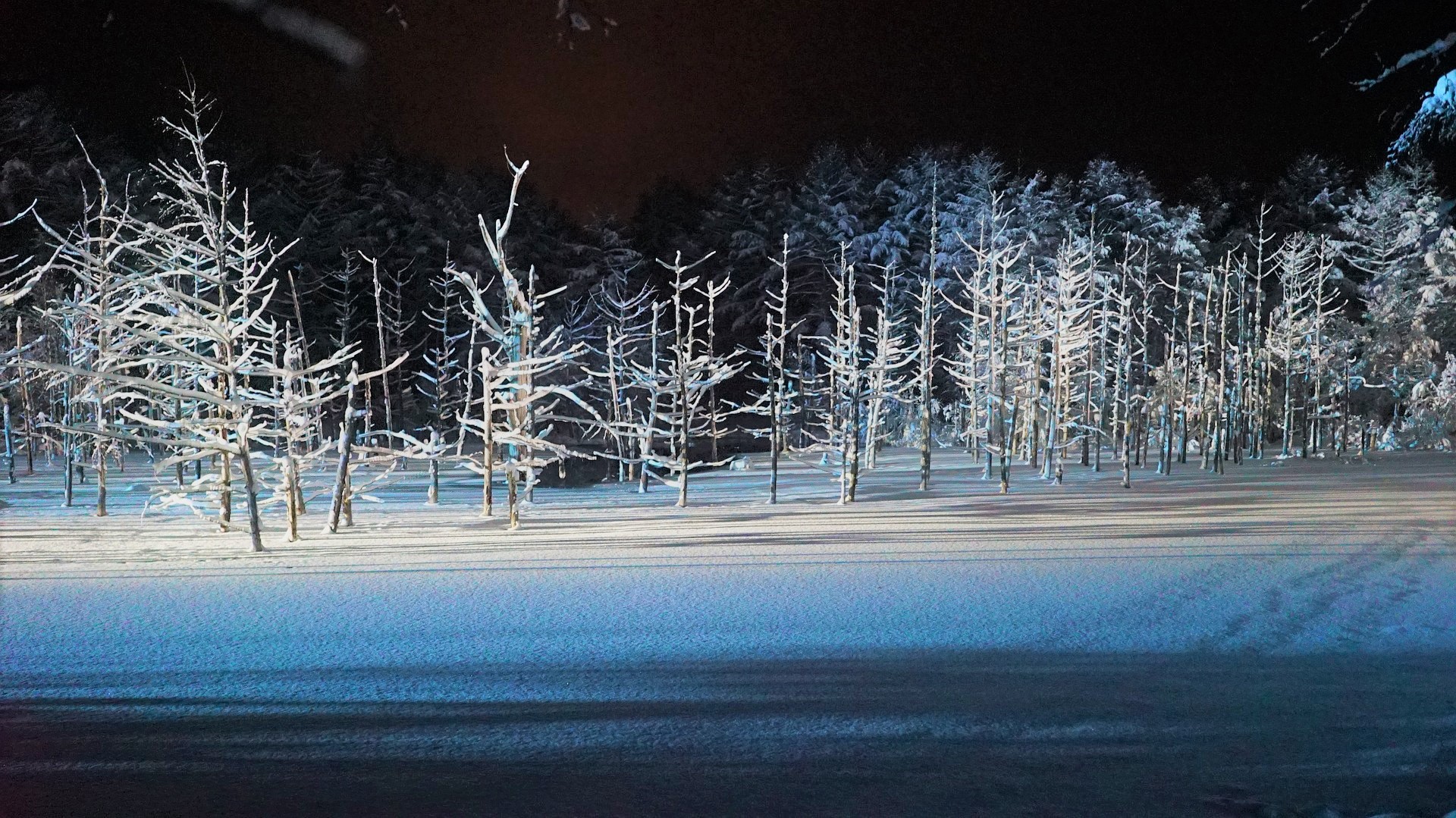More seniors and more foreigners in Japan
By BBC Bryan Lufkin
When I lived in the Japanese countryside 10 years ago, I rarely came across other non-Japanese residents. Even in Tokyo, as a tall, White American, I’d sometimes get surprised glances from local residents.
But when I visited last month, I was struck by how much had changed. Hotels, shopping centers and cafes seemed to have at least one immigrant working there. Some of the young people staffing reception desks and video game arcades wore badges with non-Japanese names.
At one pub-restaurant in Kanawaza, a mid-sized city north of Tokyo, I saw a young Caucasian assistant behind the counter assisting the Sushi chef. At another restaurant, we were served by a non-Japanese waiter from an Asian nation-and ended up communicating in English.
In short? Japan is internationalizing-and this process is on the cups of rapid acceleration.
The driving force is demographic change: Japan’s population is ageing rapidly and shrinking. Add in other factors including never before seen levels of foreign tourism, plus massive preparations for the 2020 Tokyo Summer Olympics, and the result is a nation that desperately needs more workers to fill jobs.
Japan has been aware of a looming demographic crunch for decades, but because successive governments have been reluctant to take major steps, the problem has become more urgent. PM Shinzo Abe wants to bring in more foreign, low-wage workers, but his proposal to accept hundreds of thousands of people to fill blue-collar jobs by 2025 is highly controversial in a nation that has traditionally shunned immigration.
On Saturday, Japan’s parliament accepted that proposal in a contentious and unprecedented move to let in more immigrant workers than ever before-300,000 throughout the next five years, starting in April. The new bill comes at a time of historic change in Japan. And how everything shakes out could shape the country for generations.

Spike in seniors, spike in foreigners
Bhupal Shrestha is a university lecturer living in Tokyo’s Suginami ward, a residential area known for its narrow alleys lined with second-hand clothing and antique shops. He’s lived in Japan for 15 years, but the road to a “permanent resident” visa hasn’t always been a smooth one.
He says he’s experienced discrimination on basic things, such as searching for rooms for residences or businesses, opening bank accounts, applying for credit cards. He also says it’s hard for immigrants themselves to have much say in the government policy that affects them.
“There are 1.28 million foreign workers living in Japan-a record number..”
Japanese society is opening up to immigrants, but they are still conservative in some places, he says. I think it is due to the lack of chances they have for cultural exchange with immigrants. Originally from Nepal, Shrestha is one of the 1.28 million foreign workers living in Japan. It is a record number, up from 480,000 in 2008. Yet the figure constitutes just 1 % of Japan’s population, compared to 5% in the UK or 17% in the US. Almost 30% of Japan’s foreign workers come from China, with significant populations from Vietnam, the Philippines and Brazil. The low figure is because immigration has traditionally been unpopular in Japan.
An island nation, it was once fiercely isolationist. Up until the mid 1800s, those entering or leaving the country could be punished by death. Now, however, modern Japan views itself as homogenous, with a strong cultural identity. Historically, domestic anxieties toward immigration stem from perceived job losses, cultural disruption and fears of spiking crime rates in what is a famously low crime nation. But the big problem is this: the number of native Japanese is going down..

The population contracted by nearly a million people between 2010 and 2015 alone. Last year, it fell by another 227,000. In parallel, the number of residents over 65 hit a record 27% a number that will rise to 40% in 2050. In may, the job availability ratio hit the highest it’s been in 44 years. 160 jobs for every 100 workers. That means there are now lots of available jobs that older Japanese can’t do and that younger Japanese don’t want to do.
Very dire is how Shihoko Goto senior associate at the Woddrow Wilson Center, a US think-tank describes the situation. But she says in the past immigration has really not been seen as part of a broader solution to some of the issues Japan is facing.
While some businesses and politicians back Abe’s plans, others are lining up to question how it could change Japanese society.
Desperately seeking workers…






